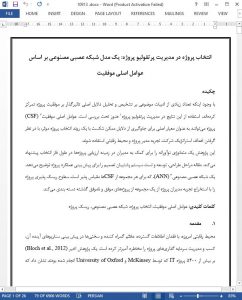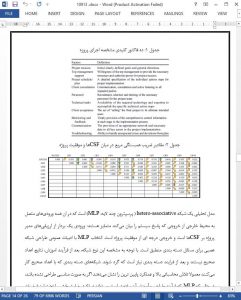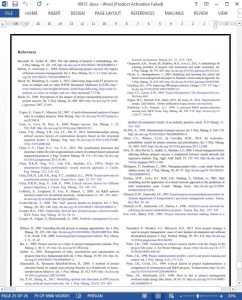Abstract
While a growing body of literature focuses in detecting and analyzing the main reasons affecting project success, the use of these results in project portfolio management is still under investigation. Project critical success factors (CSFs) can serve as the fundamental criteria to prevent possible causes of failures with an effective project selection process, taking into account company strategic objectives, project manager’s experience and the competitive environment. This research proposes an innovative methodology to help managers in assessing projects during the selection phase. The paper describes the design, development and testing stages of a decision support system to predict project performances. An artificial neural network (ANN), scalable to any set of CSFs, classifies the level of project’s riskiness by extracting the experience of project managers from a set of past successful and unsuccessful projects.
1. Introduction
The contemporary competitive environment, with its widespread lack of information, misleading signs and difficulties in forecasting future scenarios, makes the acquisition and management of projects investments always more risky. A recent research (Bloch et al., 2012) on more than 5,400 IT projects by McKinsey and the University of Oxford shows that half IT projects with over $15 million budget run, on average, 45% over budget and 17% fail to a point of threatening the very existence of the company.
5.3. Limitations and opportunities for future research
The main limitation of the research is that the empirical analysis relates on a sample of projects owing to the project portfolio of a unique EPC contractor. Although the sample size was significant in terms of number of projects from different areas of the EPC portfolio (150) and experts involved, its dimension cannot justify the broad generalization of the results. Therefore, our future efforts will be oriented toward obtaining an extension of the sample to increase the generalizability of the results or to confirm the application only to specific contexts.











